With Run The Series, The A.V. Club examines film franchises, studying how they change and evolve with each new installment.
It’s in his sad, heavy-lidded eyes. Though he is the iconic star of one of the first major horror franchises, The Monster is pitiable—in part because he cannot be killed, not even when he seems to submit to his own demise. Frankenstein’s Monster, as he is more clearly and pedantically known (or The Creature, as he’s referred to in Mary Shelley’s original book), is otherwise not much like the slasher villains that would come to dominate horror in the late ’70s, throughout the ’80s, and periodically since then. He has some form of empathy, wears no mask, and even makes attempts at communication that the likes of Michael Myers or Jason Voorhees steadfastly resist. (Freddy Krueger, on the other hand, is perhaps overly communicative, though distinctly lacking in empathy.) What the Monster shares with these masked psychos is an inexplicable, near-magical resilience not always granted in later iterations of the character. In the original cycle of Frankenstein movies, you see him inside a burning windmill, a burning castle, a burning sulfur pit beneath the castle, an icy grave where once sat a burning sulfur pit, sinking to his doom in quicksand… it doesn’t matter. He comes back in the next film, usually without seeming to try. He has conquered death; now he is cursed to conquer it again and again.
Of all the core Universal Monsters, Frankenstein’s Monster is the one whose movies embody the Universal experience while also resembling what we think of as a long-running horror series today. The Mummy movies come second-closest, with a multitude of direct sequels, but they never expand into crossovers, and are overshadowed by the later action-adventure series with Brendan Fraser. Dracula only has two sequels before he turns into a crossover fixture (as well as a public-domain free-for-all at various other studios). The Wolf Man has no direct sequels of his own, and is eventually subsumed into those same crossovers. The Invisible Man movies are mostly standalone. There are only three Creature From The Black Lagoon movies. The Frankenstein films, on the other hand, maintain some continuity with each other and then, by default, wind up serving as the bridge into a larger monster universe. A Dark Universe, if you will.
Unlike the Dark Universe—ill-fated, at least as a marketing concept; in spirit, as a theme-park land, and in the world of memes, it will live forever—the Frankenstein movies build up to their crossovers slowly, starting out as auteurist visions from director James Whale. Frankenstein (1931) is both concise and relatively loose as an adaptation of the Mary Shelley novel; as with his terrific Invisible Man movie from a couple of years later, Whale begins the story very much already in process, with Henry Frankenstein (Colin Clive), inexplicably rechristened from “Victor” in the book, and his hunchbacked assistant Fritz (Dwight Frye), already well into the process of graverobbing their way towards glory. They intend to create a new life out of corpse parts, but when it comes time to select a brain, Fritz is forced to select a disturbed criminal brain, rather than your healthy, garden-variety brain.
It’s a decision of major consequence for the rest of the Monster’s endless life, and a plot turn memorably spoofed in Young Frankenstein, and yet is not present in the book or play that inspired the original film. In the book, the monster is articulate and intelligent; for that matter, the Monster of the films isn’t characterized as particularly “criminal” so much as childlike, with an attendant lack of impulse control to match his not-quite-human, oversized assemblage of body parts. The conflation of criminal and/or evil impulses with simple lostness won’t be the last distortion the Monster suffers, as the role gets tossed back and forth between actors, and eventually calcifies closer to the broad outlines of a “Frankenstein” character that even children nearly a century later will intuitively recognize: Lumbering, stiff, growling, and murmuring.
It’s notable, for example, that the gesture of the Monster staggering with its arms stiffly outstretched is not precisely what Boris Karloff does in the first two movies. In Frankenstein, his hands are more noticeably extended upward, rather than out, specifically when his creator exposes him to sunlight; it looks as if he’s reaching, more plaintively, for the divine. It might be a stretch to call the Monster soulful, but in both the first movie and Bride Of Frankenstein (1935), and periodically throughout the other films, he does seek companionship with other lonely figures: a little girl who he accidentally kills in the first movie, and a blind man whose home is burned in his wake in the second. The Monster actually loses his sight later in the series, but in those first two movies Karloff gives a vividly physical performance that suggests some hard-to-pinpoint loss of senses. We know that he can see, hear, and feel. But we also sense—as the Monster seems to, faintly—that there’s something missing. Whale’s movies further enhance that feeling with their sets, where hallways and stairways continually look distended and distorted.
Bride, Whale’s standard-setting sequel, goes further than its predecessor: It’s a stranger, funnier, even more beautiful movie, with oddball touches like having Mary Shelley herself appear in a framing device, and double-casting Elsa Lanchester as both Shelley and the Monster’s eventual would-be mate. The Bride doesn’t actually come to life until the very end of the film, but the movie is plenty entertaining before its famous topper of a climax, with the addition of the nefarious Doctor Pretorius (Ernest Thesiger), who at one point casually displays his array of self-created homunculi, including a miniature, living Henry VIII. Despite the movie’s dark whimsy, the Monster reaches a melancholy, unforgettable conclusion when he meets his reluctant Bride: “We belong dead,” he tells her, urging his creator to flee the crumbling laboratory.
Whale followed Frankenstein out the door, and after his masterpieces, the eventual Son Of Frankenstein (1939) plays much more like a traditional sequel. That said, it’s a lavish and well-appointed one by the standards of the time, with an all-star horror cast: Karloff returns as the Monster, Basil Rathbone as the son of the famous doctor, and Bela Lugosi introduced as the scheming Ygor. The latter character brings in the name most closely associated with a hunchbacked Frankenstein assistant, though with a far less supplicating personality than the generic model that would come to dominate cartoons, spoofs, and the like. The addition of Lugosi’s insidious, scheming charisma goes a long way toward freshening up the formula, and the production values, seen in both the cast and the expressionistic sets, remain high. Compared to the other movies, which mostly top off around 75 minutes, Son runs for the 1930s equivalent of a 160-minute superhero epic (so, 100 minutes).
The Ghost Of Frankenstein (1942), meanwhile, takes a different kind of sequel traditionalism by being totally slapdash, repeating multiple elements from Son and forcing its ensemble into an ever-expanding patchwork of conflicting motivations involving who wants to switch brains and revive/destroy various bodies. In fine marketing-first sequel tradition, the ghost of the title is an afterthought seemingly included to entice viewers more than any particular story reasons. As a whole, the movie is a Frankensteined together Frankestein sequel, fun enough in the moment, but most notable for its ultimate changes to the status quo that Frankenstein Meets The Wolf Man (1943) subsequently edits out of its narrative.
Yes, Ghost ends with the successful transfer of Ygor’s brain into the Monster’s body, as part of a scheme—equally mad and premature, in the style of the original Invisible Man—to somehow parlay this into world domination. (Ygor has been gassing up the Monster so long, he seems to have vastly overhyped its physical strength, seemingly expecting powers more akin to Superman than a fumbling strongman.) Beyond the obvious overreach, the experiment also blinds Ygor in his new body shortly after making the switch; he’s then left to die in yet another burning building. Frankenstein Meets The Wolf Man makes the clever switch of recasting Chaney back to his original Wolf Man role, and swapping in Lugosi as the Monster—which makes sense, given that he’s now supposed to be Lugosi’s Ygor in a new body. Except Meets makes no reference to this change, or the Ygor-Monster’s blindness, having edited out dialogue scenes after test audiences met them with laughter and confusion. Lugosi, then, is stuck playing a staggering, mute Frankenstein’s Monster who has been largely edited out of his own momentous meeting with the Wolf Man. Though in continuity with the others, the movie is essentially a bait-and-switch Wolf Man sequel.
Karloff returns to the series for House Of Frankenstein (1944), which despite the previous entry’s walk-back really goes all-in on brain-switching. Everyone in the movie has a different suggestion for how best to solve problems through experimental brain surgery on the Monster, the werewolf Lawrence Talbot, and a new hunchbacked assistant named Daniel (J. Carrol Naish), among others. Their various reasons include but are not limited to love, relief of a curse, and petty revenge. This unworkable yearning for modified bodies and identities is metatextually reflected by Karloff’s return to his most famous series, wherein he avoids actually embodying his best-known character. Instead, he gets to be the mad doctor this time, the nominal star as the movie swerves around episodically. The first half sets up an encounter between Dracula and Frankenstein’s Monster, only to abruptly pivot away from Drac and into a direct sequel to the previous film, with Glenn Strange assuming the role of the Monster, which he plays for the remainder of the series. Yes, House Of Frankenstein is the first installment of the later-period all-in approach to Universal Monsters known as “monster rallies” and it’s almost as if the movie is figuring out how to converge these characters in real time, and while the frenzy makes for fine entertainment—there’s a buggy chase here that’s easily the best action sequence of the series—it also muddles the poignancy of a bunch of monsters desperate to change the very core of their selves and transcend the bodies or other limitations that twist them in the eyes of the human world.
By comparison, the follow-up monster rally House Of Dracula (1945) is more structurally reasonable but less fun—almost a sedate remake of its predecessor. Rather than a tangle of twisted motivations, Dracula and the Wolf Man, both inexplicably revived, separately approach yet another brilliant doctor (Onslow Stevens) for assistance in curing their respective monsterisms. (Again, more straightforward than demented schemings over brain transplants, but perhaps less interesting, more akin to a busy day at the free monster clinic.) The Monster himself doesn’t figure heavily into the story for much of the 67-minute running time, an in-continuity transition to a supporting role. That plays into the movie’s primary novelty, as a vehicle for mix-and-match variations on Universal Monster tropes: The well-meaning doctor eventually turns into a Jekyll/Hyde figure, while the hunchbacked assistant is also a beautiful young woman. Still, there are only so many more avenues left, and the movie once again retreats to a burning castle for its finale. (To be fair, how do you top the abrupt appearance of quicksand in House Of Frankenstein?) It’s no wonder that the series took a short break before a late-stage reinvention. Despite his halting gait, Frankenstein’s Monster leads the Universal Monsters to the end, receiving title billing for the group’s first encounter with Messrs. Abbott and Costello in, yes, Abbott And Costello Meet Frankenstein (1948). It’s not exactly a high point in his monster career, but it’s pretty amusing stuff, and it doesn’t feel like House of Mummy would have been vastly preferable.
The idea of the horror series that arcs from boldly elemental artistry to doing crossovers and laughs for a niche audience would become more familiar with time. It feels especially fitting, though, for the cobbled-together misfit whose existence owes equally to miracle and bad luck—whose very name, even, goes from simple and scary (The Monster!) to accidental misnomer (Frankenstein! Who Abbott and Costello technically do not meet!). As early as 1939, Son Of Frankenstein includes a joke about how people confuse the name of the monster with the name of the man who made him.
That distinction has long since become a running joke about insufferable pedantry, yet that’s one bit of poetic, thematic heft that makes it into the progression of these ever-sillier movies: Frankenstein does become eclipsed by his creation, who eventually becomes de facto inheritor of the man’s legacy. The speed with which the Frankenstein movies produce new brilliant but mad doctors, new hunchbacked assistants, and other new humans to fail at the act of creation (or even just decency) is dizzying (and funny) when watching the series in close proximity. Frankenstein ceases to be a person, becoming a particular kind of monstrous embodied by the poor creature at its center—or, in some of the movies, in its margins. Frankenstein ultimately isn’t the doctor or the Monster; it’s the unkillable franchise formed from their endlessly repeated mistakes. What universe could be darker than that?
Final ranking:
1. Bride Of Frankenstein (1935)
2. Frankenstein (1931)
3. Son Of Frankenstein (1939)
4. House Of Frankenstein (1944)
5. The Ghost Of Frankenstein (1942)
6. House Of Dracula (1945)
7. Abbott And Costello Meet Frankenstein (1948)
8. Frankenstein Meets The Wolf Man (1943)
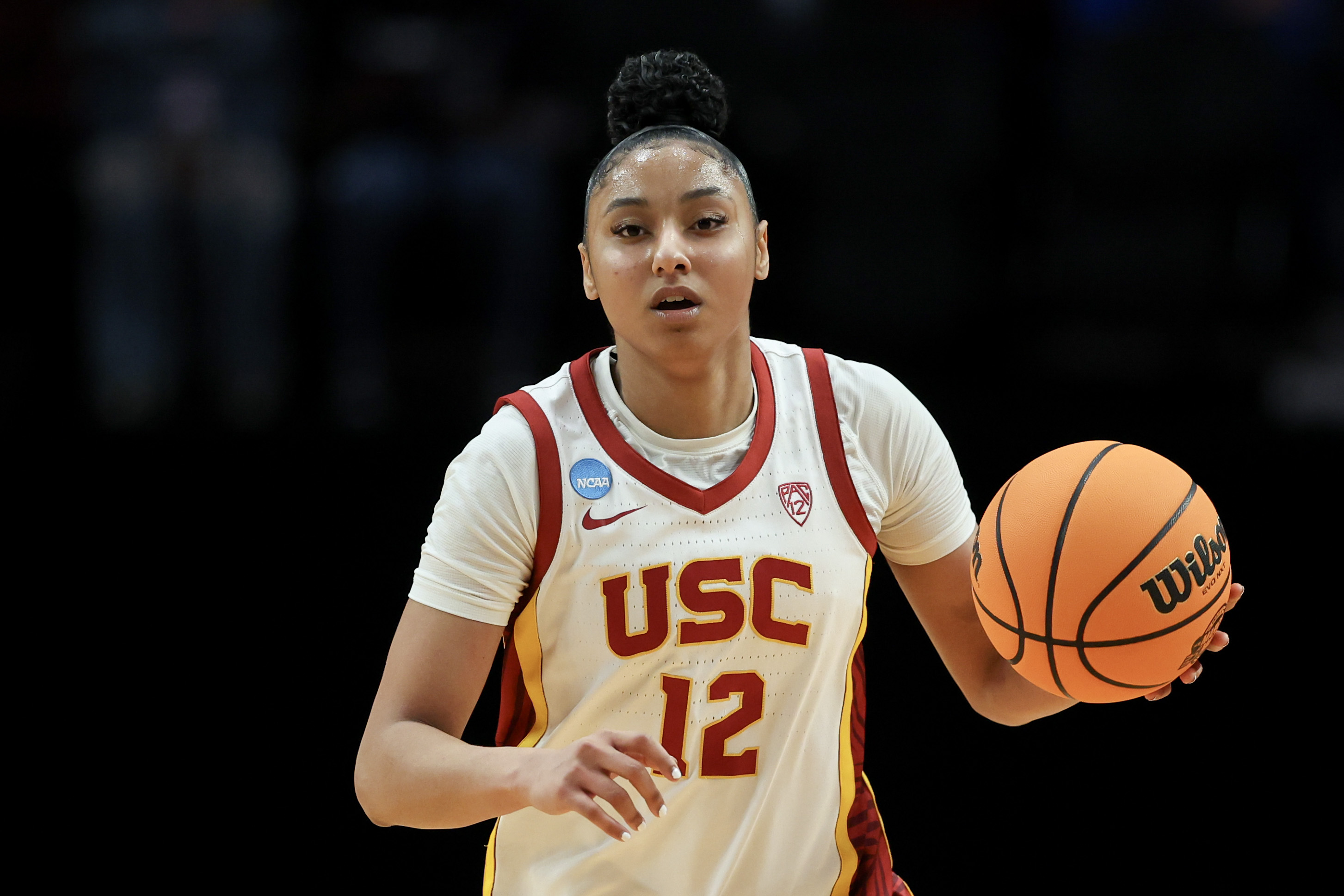

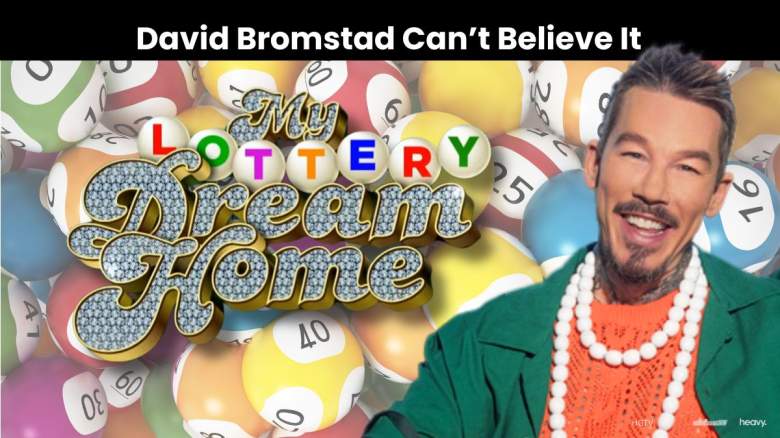




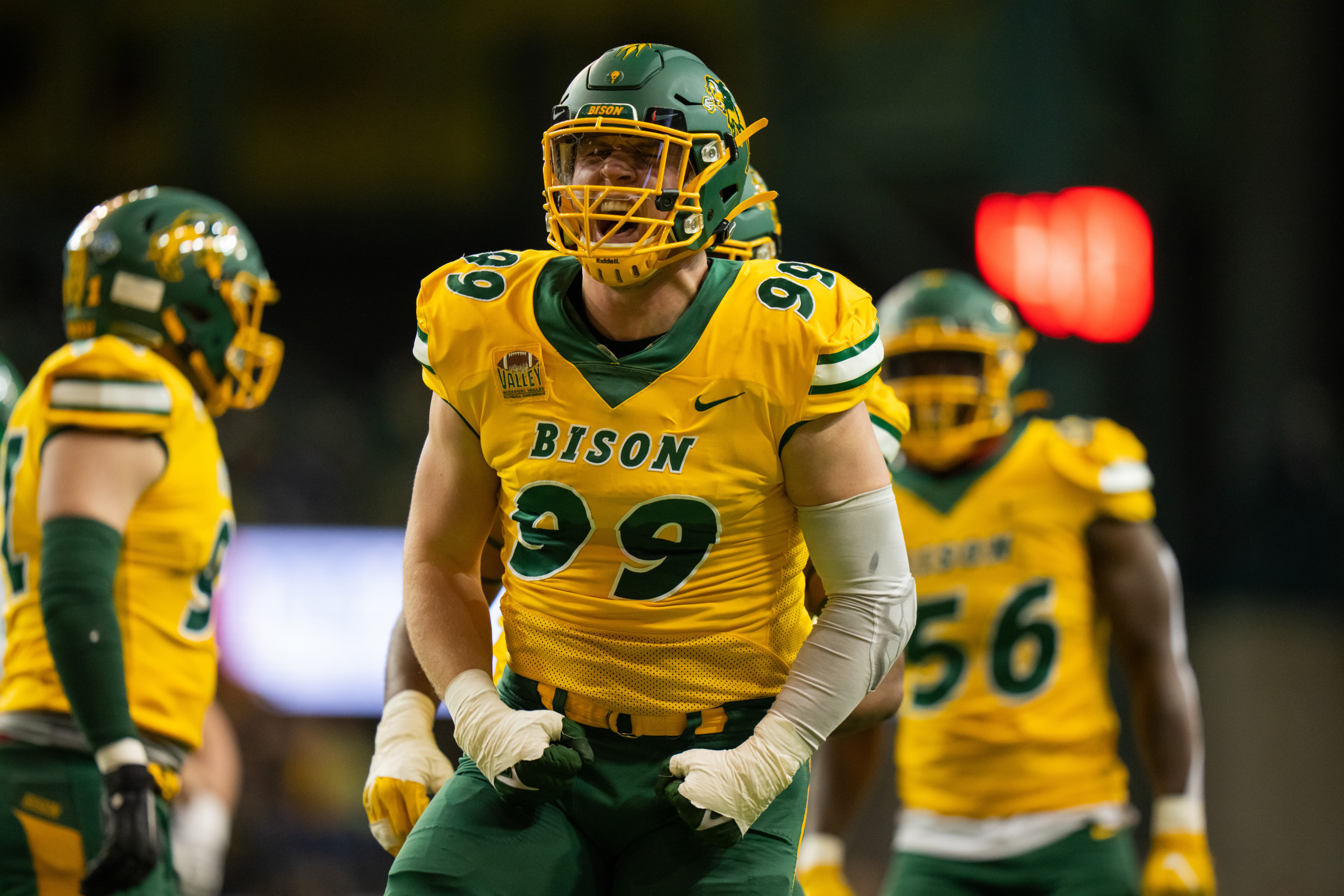
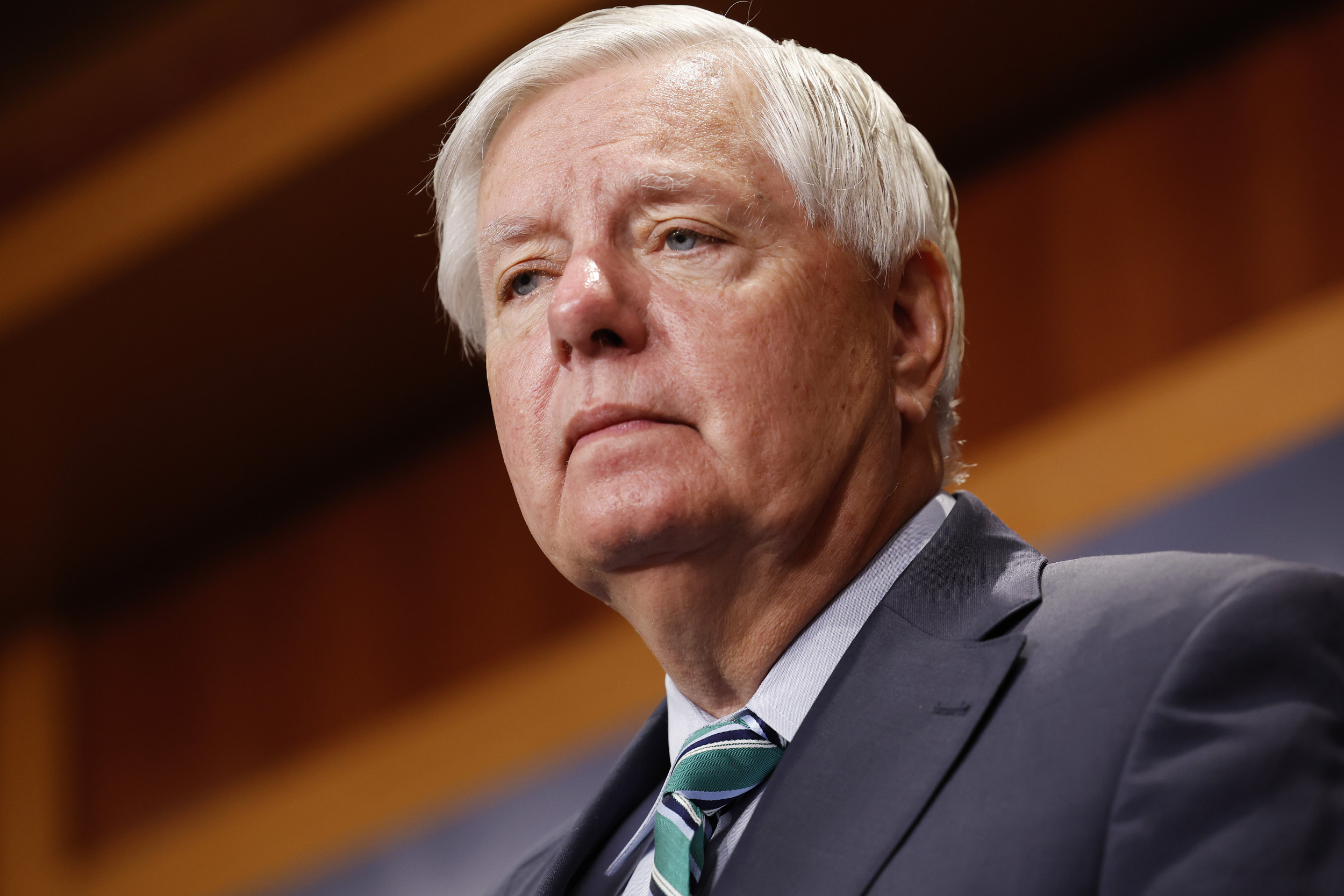

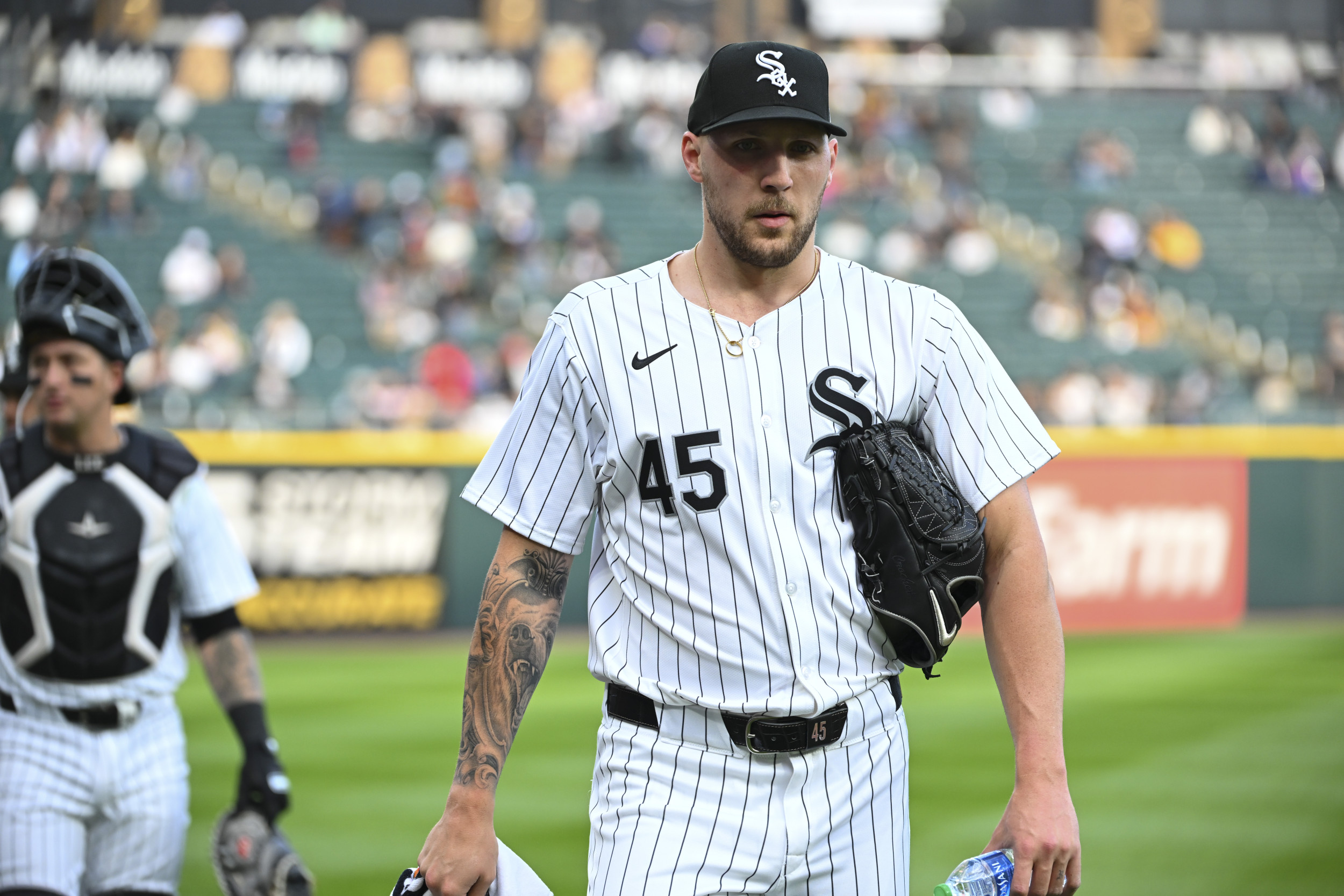
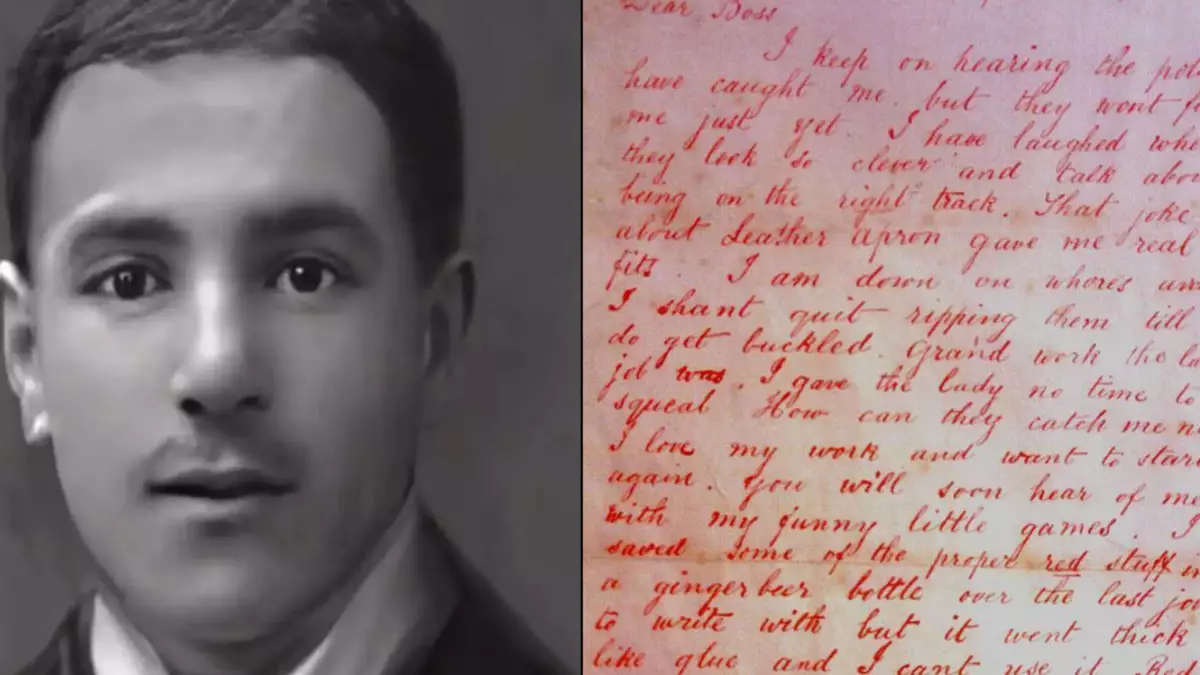








 English (US) ·
English (US) ·